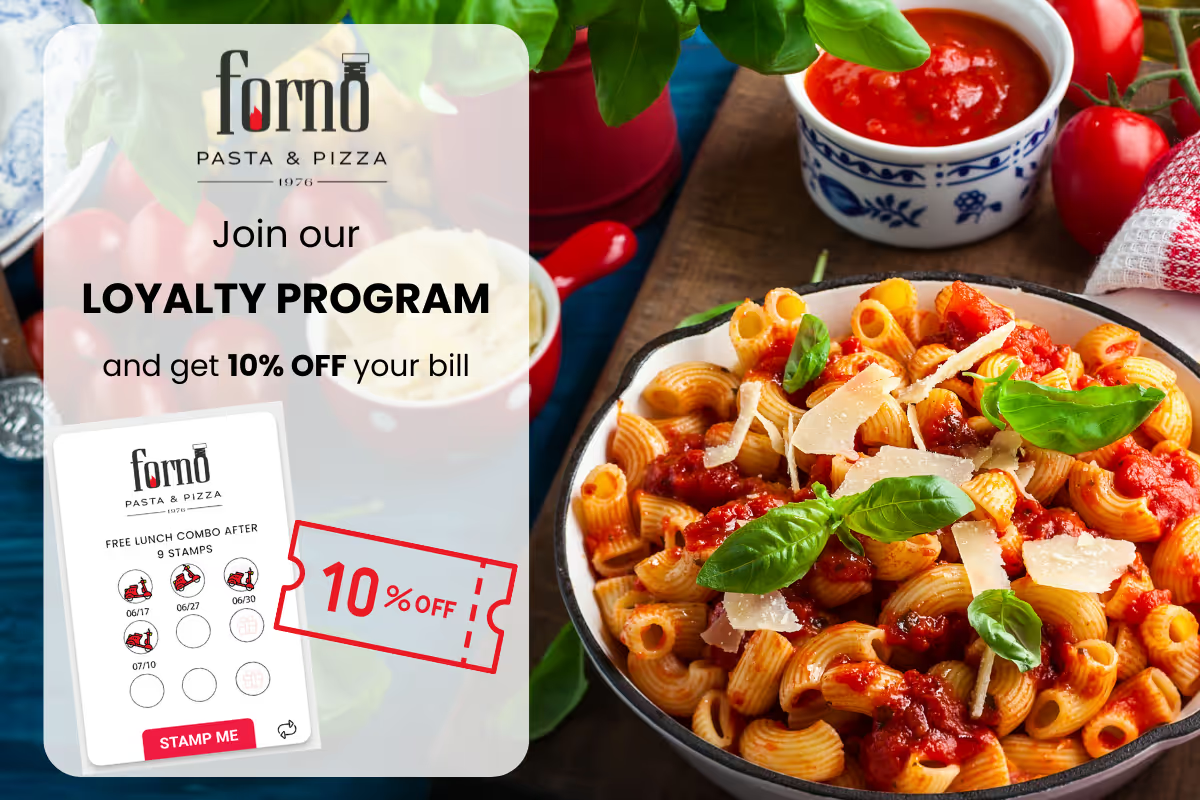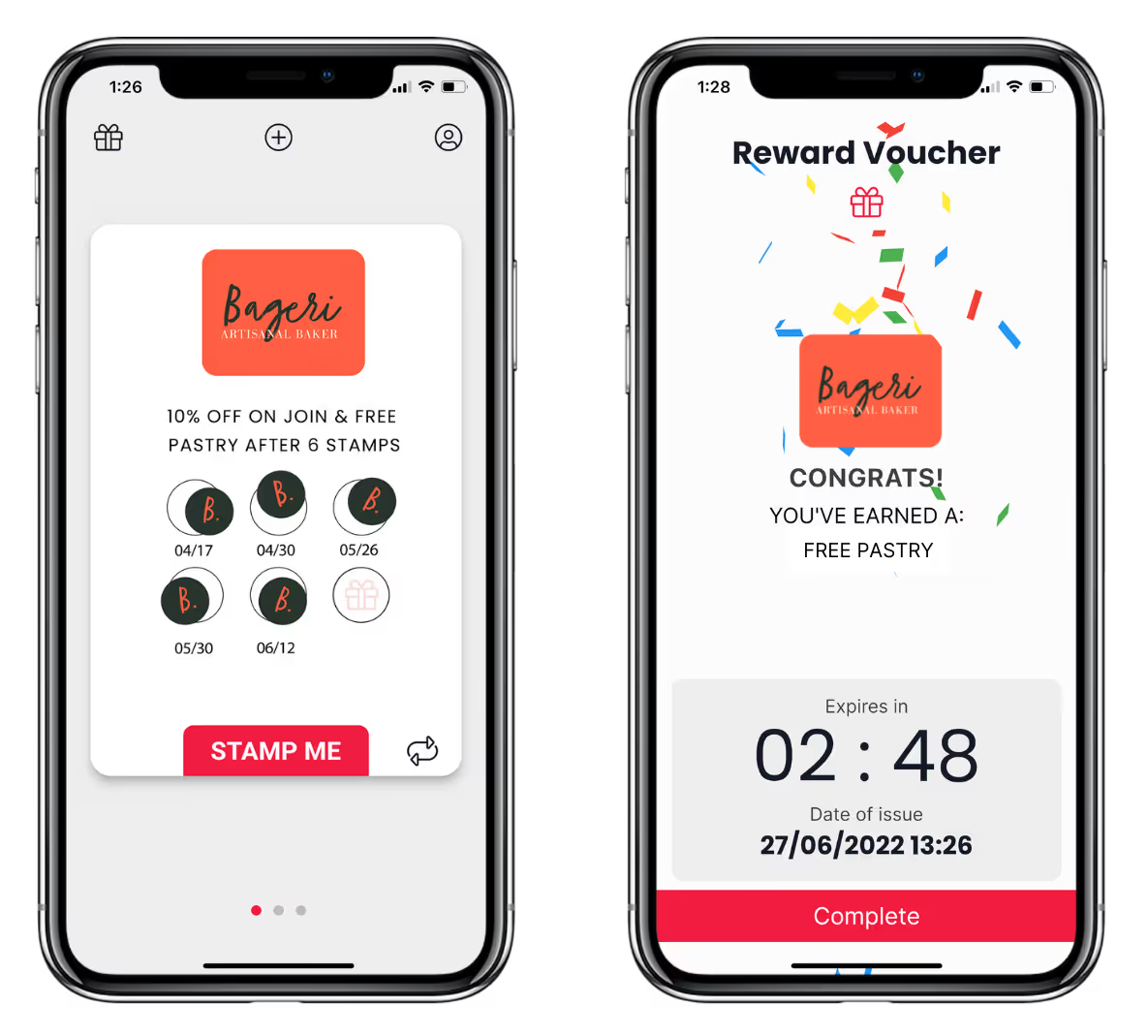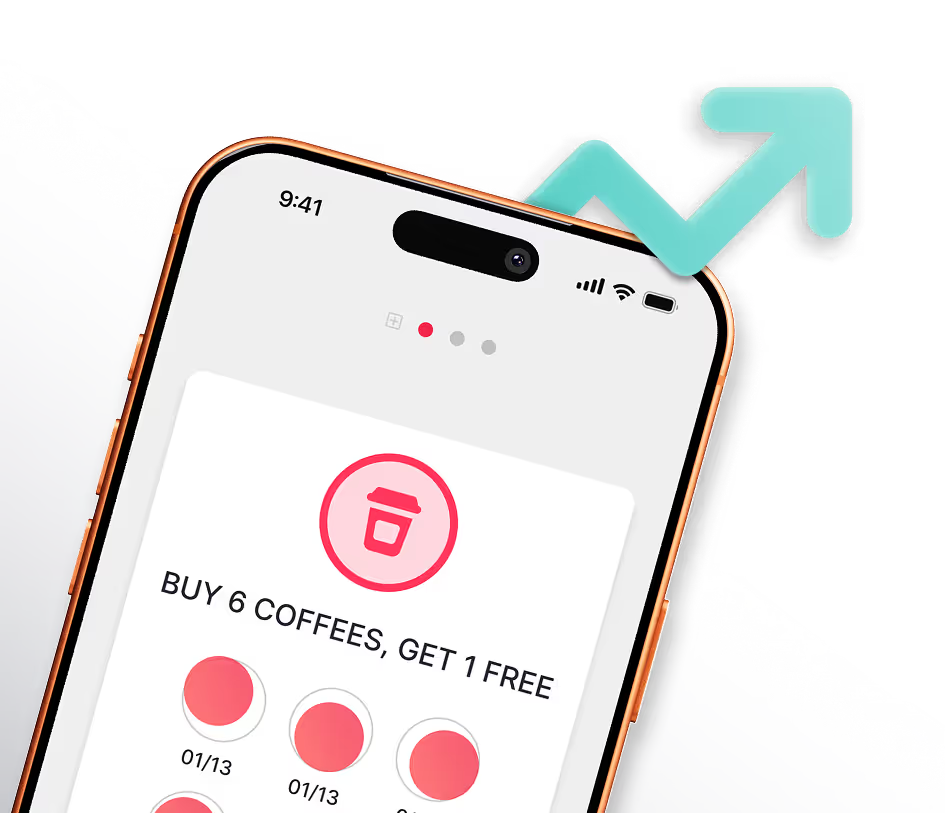What Makes A Great Loyalty Program

Over the years, loyalty programs have become a common practice for businesses around the world. In fact, according to Bond’s recent loyalty report, which surveyed over 17,000 American consumers, 74% are likely to recommend brands with good loyalty programs. There are a number of deciding factors to a successful loyalty program such as customer engagement, how convenient it is to use, how big the incentives are, etc.
However, it is undeniable that a great offering will make consumers want to sign up immediately - which is the most important first step to get the program going. And then, the better the program is, the longer the consumers will keep using it.
Need some help with launching your loyalty program? Check out our free Digital Loyalty Program Launch Checklist!
Let’s have a look at a few key ingredients that go into creating an enticing loyalty offer:
1. A sign-up reward
A sign-up reward is one of the best ways to onboard customers to your loyalty program. It gives the customer an immediate reason to join and a taster of how the loyalty program works. They are also more likely to return to redeem their reward and continue with your loyalty program.
For example, a store can offer 25% off their customers’ first purchase, a coffee shop can offer a free coffee right after their customers join the program, a hair salon can offer free wash & dry, etc. These incentives cost nearly nothing but it will give you a head start to make your program a success.

Another option is to give your customers one to a few stamps right after they join as an advantage. This works not only as a sign-up reward but also a motivation for them to continue filling up that stamp card with more purchases.
2. An appealing end reward
If the end reward is not good enough or seems too stingy people will not bother joining your loyalty program.
For example, a 2% discount off shoes is not a memorable or generous enough reward to make the customer feel valued. This will not encourage people to join and become loyal.
The reward should be worth the customers’ while but also not hurt your bottom line. Freebies or discounts work well. Need inspiration? Here are some reward ideas:
- Free product/service: Free products or services can work particularly well for physical stores, especially as these kind of rewards are generally low-cost for the business. Some free product ideas: A coffee, an entry to a big prize draw, a nail/hair service, car wash, etc.
- Discounts: If you think giving away the whole product/service is out of reach, you can offer discounts instead. 20%-50% discount is a common number.
- Digital gift card from a third party: You may wish to offer gift cards from leading brands. These can be issued to customers via email. For example, a plumbing company may wish to offer loyal patrons an Uber Eats or Amazon voucher.
- Experiences: An emerging reward trend is to offer experiences to customers as opposed to gifts or discounts. These experiences could be something you offer yourself, or you could potentially partner with a related business. For example, a hotel could partner with a local tour agency and vice versa.
- Perks: Reward experiences may not even need to cost you much. It can be an upgrade, charitable donations made with every purchase, events (such as a store opening, or an exclusive sales event), etc.
3. Interim rewards
You may also wish to offer interim rewards whilst your customers are aiming for their end reward.
This keeps momentum going, especially when there are quite a few stamps to achieve. The interim rewards can be little incentives like an up-size, extra topping or side dish, free or discounted delivery, a bonus stamp or bonus service.
You can also use interim rewards to spice things up and make it more exciting for your customers. Who doesn’t like some freebies once in a while - this will keep the engagement level up high!
4. A reasonable number of stamps to collect
If a customer is required to earn too many stamps to achieve the reward, this will put people off using the loyalty program.
According to our data, the average number of stamps on a Stamp Card is 6. We recommend having no more than 10 stamps.
However this varies by business and you will need to bear in mind how frequently a customer makes a purchase and their average basket spend. This will help determine what is a reasonable amount of stamps for your Stamp Card.

5. Not too many Stamp Card choices
A great advantage of using a digital stamp card is that you can have multiple cards going at once. However, having too many cards to join can be confusing for the customers, especially if there are multiple codes to scan or many offers to select.
This also means that they can visit your business a lot but with their stamps spread across multiple cards, it actually takes them a long time to fill up one of those cards (if at all). This is demotivating and may put people off using your loyalty program.
We recommend no more than 3 stamp cards/offers per business/location.
6. A generous expiry date
Sometimes businesses set a reward voucher expiry date and the consumers need to redeem their reward by such date.
If the expiry date is too soon and not realistically feasible, this can cause frustration and disappointment or even complaints from the customers.
Ideally, we would encourage you to have an open ended expiry date so a customer can redeem their reward at their leisure.

In a Wirecard research, when asked, most participants said they were “extremely” or “very” likely to make a purchase with a brand that offers a reward or a brand which they are a member of. In the same report, 75% of customers said they were likely to make another purchase after receiving an incentive.
We as human beings are more or less affected by incentives as they shape our attitude and actions. It’s also a human’s nature to want to be appreciated and rewarded.
And that’s why loyalty programs are becoming more and more essential to businesses big or small. If you have gone to the length of having a program in place, why not making it well worth it for both you and your customers?
More Posts

It’s often more than you think. Plug in your daily customer numbers to see your potential returns instantly.






.webp)